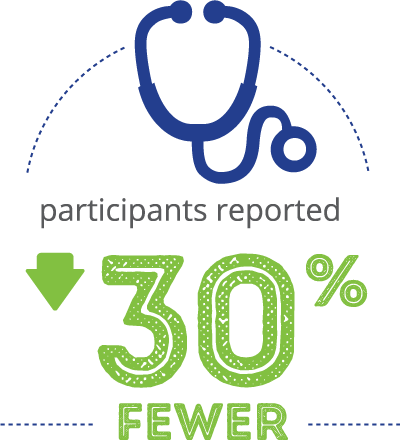We’re advocating for what we call Buildingomics – a new approach that examines the totality of factors in the building-related environment that influence the human health, well-being and productivity of people who work in buildings. Through Buildingomics’ multi-disciplinary approach, we aim to better understand the building-related factors that influence health in buildings and unlock the ability to optimize buildings for cognitive function and health.”
during the day has been shown to improve sleep quality at night (Viola et al. 2008)
scores were associated with 2.8% higher cognitive function scores the next day
A larger contrast between daytime and nighttime light exposure results in more melatonin, a hormone that promotes sleepiness, being released in the evening (Takasu et al. 2006)
in high-performing1, green-certified2 buildings vs. high-performing, non-certified buildings
In addition, 26% Higher Cognitive Function Scores in high-performing, green-certified buildings vs. high-performing, non-certified buildings

in high performing, green-certified, buildings vs. non-certified buildings
Workers in green-certified spaces had fewer complaints about



